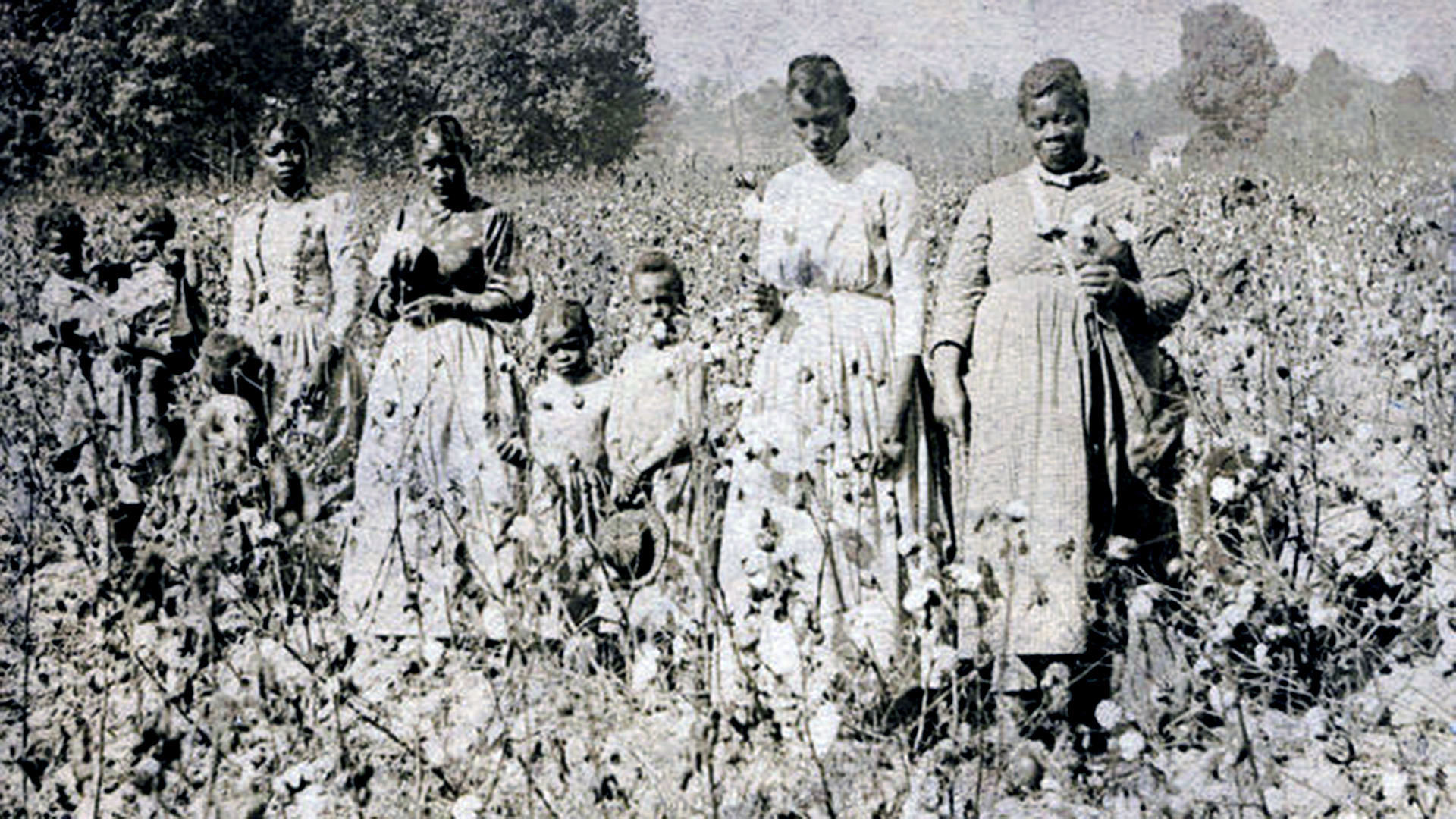

Washington (EE.UU. ), 1807. The US Constitution banned transatlantic slave trade. This does not mean that slavery has been abolished, but that the main source of the slaves has been interrupted. Thus, slave women became the only way to “produce” new slaves.
So in 1845, in Alabama, when Dr. James Marion Sims treated a slave named Anarcha, at the request of his owner, he didn't do it for the well-being of women, but for taking care of essential means of production. She was 17 years old and after 72 hours of childbirth, developed the problem of vesicovaginal fistula, which, among other causes, causes incontinence and chronic pain. Dr. Sims tried to sew the fistula, but the result was not satisfactory.
When a white free woman, Mrs. Merrill, approached the consultation with the same problem, Sims completely changed position. So he decided to treat the slaves. Or, rather, he decided to experiment with slaves to treat white women.
Shortly afterwards, they took another teenage slave named Betsy with the same problem and, later, an 18-year-old named Lucy. He said the cases were “incurable” and did not treat them. Sims himself wrote that “I hated researching women’s pelvic organs.” But when a woman, free of white, like Mrs Merrill, came to her consultation with the same problem, she completely changed her attitude. So he decided to treat the slaves. Or, rather, he decided to experiment with the slaves so that he could then treat the white women, the historian Deirdre Cooper Owens, Medical Bondage: Race, Gender, and the Origins of American Gynecology Origin of race, gender and American gynecology).
He invented a new position for the study of reproductive organs, a specific instrument for the operation, and in Alabama he prepared a hospital for twelve patients. He began experimenting with Anarcha, Betsy, Lucy and other slaves with the help of other doctors. But because the results were not satisfactory, the other doctors lost interest and left Sims alone. Then the doctor decided to train the slave patients to perform intersections – and they were kept in bed, as the interventions were performed without anesthesia. So in the end, after many attempts, with over 30 operations performed on Anoca, it was successful.
Because of this achievement, James Marion Sims has long been considered the father of gynecology. In 2018, the Black Youth Project 100 led to the removal of Simsen’s sculpture in New York. And soon after, in Montgomery, Alabama, near the hospital where Simse did his experiments, a sculpture of Anarcha, Betsy and Lucy was placed, in which Simsi was trying to take away her father's title from gynecology and those slaves were trying to name her mother from gynecology.